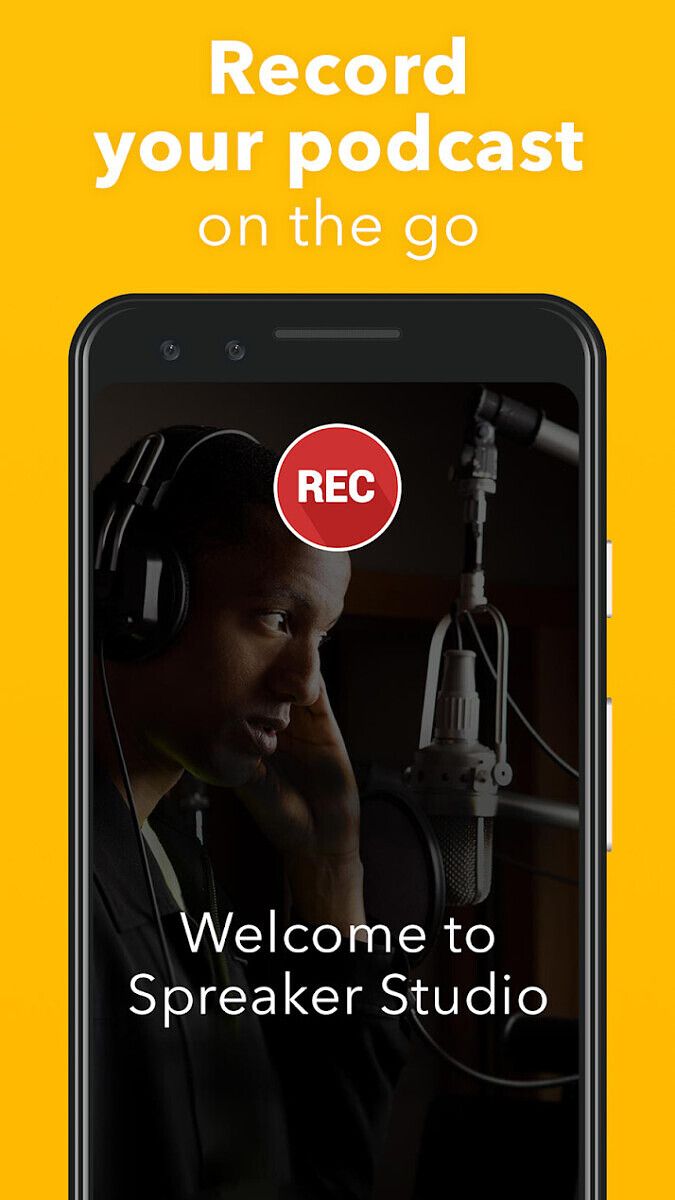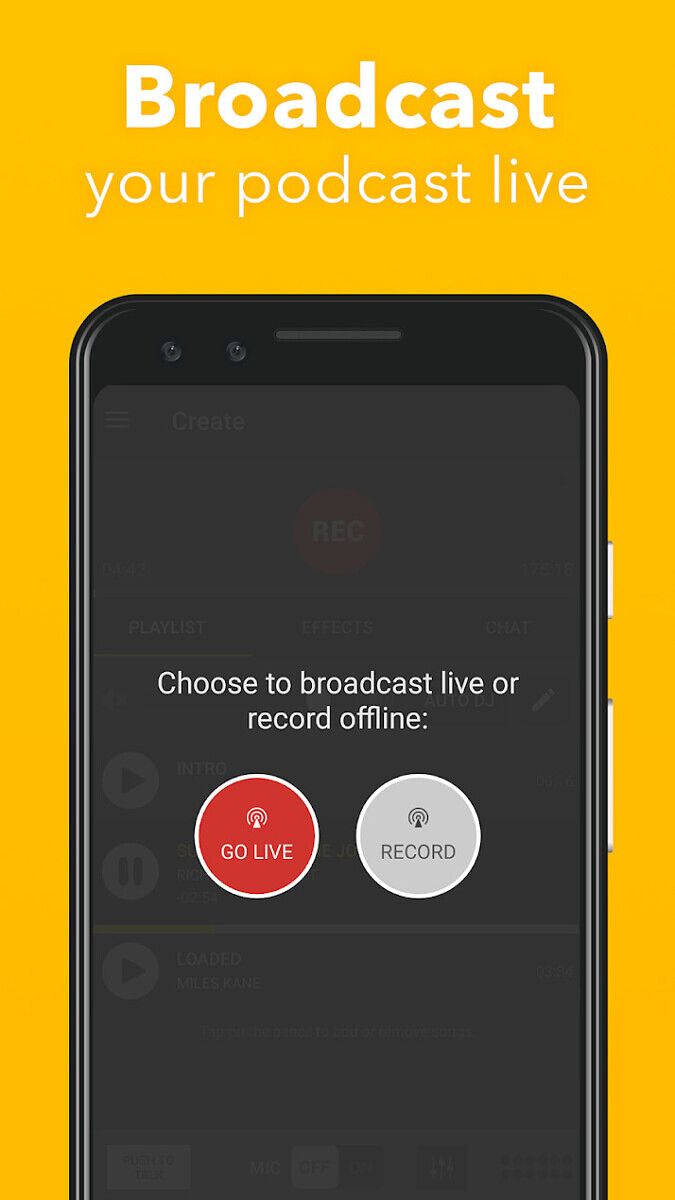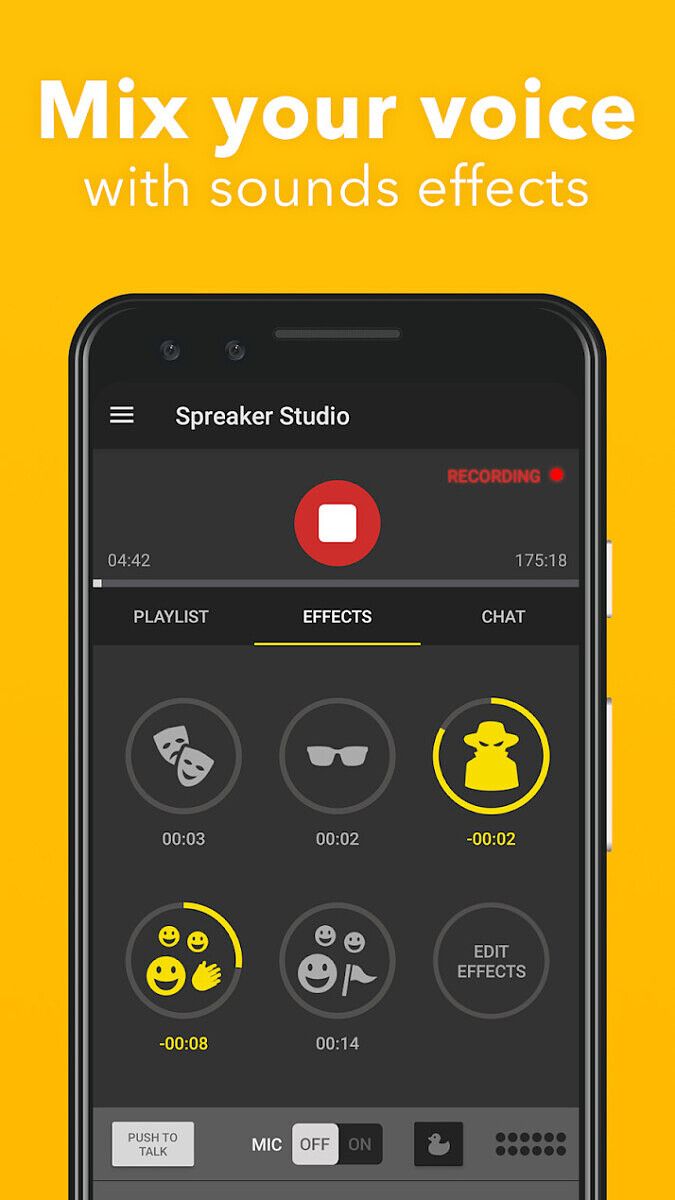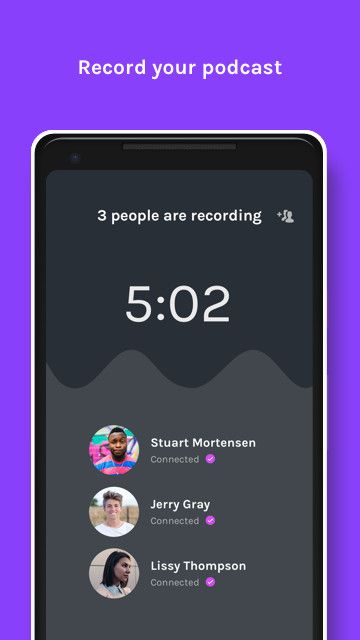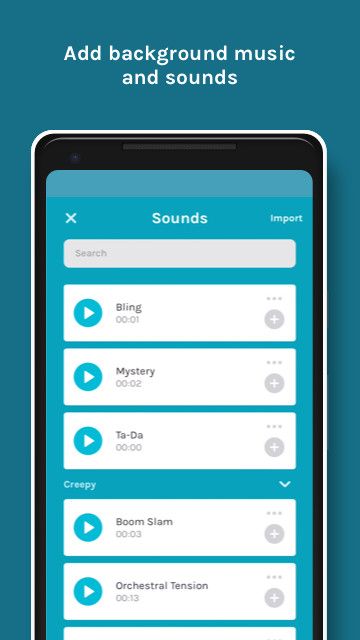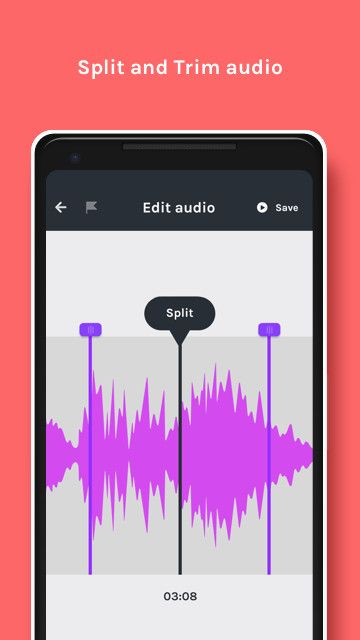OPPO has a strong selection of Android devices in 2020, and with them, OPPO has always had a big focus on software. Android 11 is the latest big release for Google’s mobile operating system. To take full advantage of Android 11, OPPO released ColorOS 11 as one of the most significant updates for ColorOS to date. On September 14th, the ColorOS 11 event took place as a virtual launch. This event gave us a look at all of the new features that would be coming to many OPPO devices. There were many different types of feature updates, but the most interesting aspect was the new customization features.
When I hear about OEM customization on Android, I think about bloated theme engines that slow down my phone without offering much of anything else. This seems to be what ColorOS 11 is trying to avoid. Instead of having a heavily themed interface, they seem to be aiming for a more stock Android look, while implementing effective personalization features.
Trends in OEM Android Software
I ran a poll on the @xdadevelopers twitter account, asking our users what they value in OEM software. Some of the biggest trends from OS software this year have been security, privacy, and customization. All of these features are important, but XDA users ended up valuing personalization more.
However, you might notice that the most popular feature was a stock Android experience. So an ideal solution is to make an OS that is closer to stock Android while having some personalization features to make it your own. So how is this done? I’ll share some examples of ColorOS 11 running on an OPPO Find X2 Pro.



The homescreen of this phone will look very familiar to you because it closely resembles what you’d find on a stock Android device. The material design rules from Google are implemented throughout this software. Everything behaves and performs the way you’d expect it to, from a stock Google phone. There are no bloated elements here. Transitions are simples, icons are stock, the settings menu has the traditional layout, and the notification shade isn’t bogged down with OEM features.
All of these features are ready to be customized to your liking. You can tweak the icons, generate your own wallpapers, make ringtones, and more. There’s no need to download icon packs or heavy themes to achieve this look. You can now use the adaptive personalization features to do this. Some of the best new customization features include:
- Always on Display
- Home screen icon style
- Fingerprint icon animation
- Accent color
- Font & display size
- Notification drawer icon shape
- Edge lighting
- Dark mode
- Wallpaper creation



Now users can have their stock Android experience while being able to enjoy some great customization features. This seems to be the best way forward as OEMs are trying to implement more of what users want to see in their next OS update.
The Future of Personalization on Android
Here at XDA, there has always been a large community around Android themes and custom ROMs. However, this has always required a level of technical knowledge that doesn’t reach the general consumer. It’s also a lot of effort that goes into customizing your phone in this way. This is why we are seeing the trend of users valuing personalization features more, as the above poll shows.
Many phone manufacturers are headed in the same direction with these types of features. Implementing them in the right way is key, to avoid becoming clutter, rather than a feature.
Read about all of the new ColorOS 11 Features is our article here:
ColorOS 11 Review – OPPO adds lots of customization over Android 11
We thank OPPO for sponsoring this post. Our sponsors help us pay for the many costs associated with running XDA, including server costs, full time developers, news writers, and much more. While you might see sponsored content (which will always be labeled as such) alongside Portal content, the Portal team is in no way responsible for these posts. Sponsored content, advertising and XDA Depot are managed by a separate team entirely. XDA will never compromise its journalistic integrity by accepting money to write favorably about a company, or alter our opinions or views in any way. Our opinion cannot be bought.
The post How OPPO‘s ColorOS 11 Pushes the Trend of Android Customization appeared first on xda-developers.
from xda-developers https://ift.tt/3ivf9FW
via IFTTT







